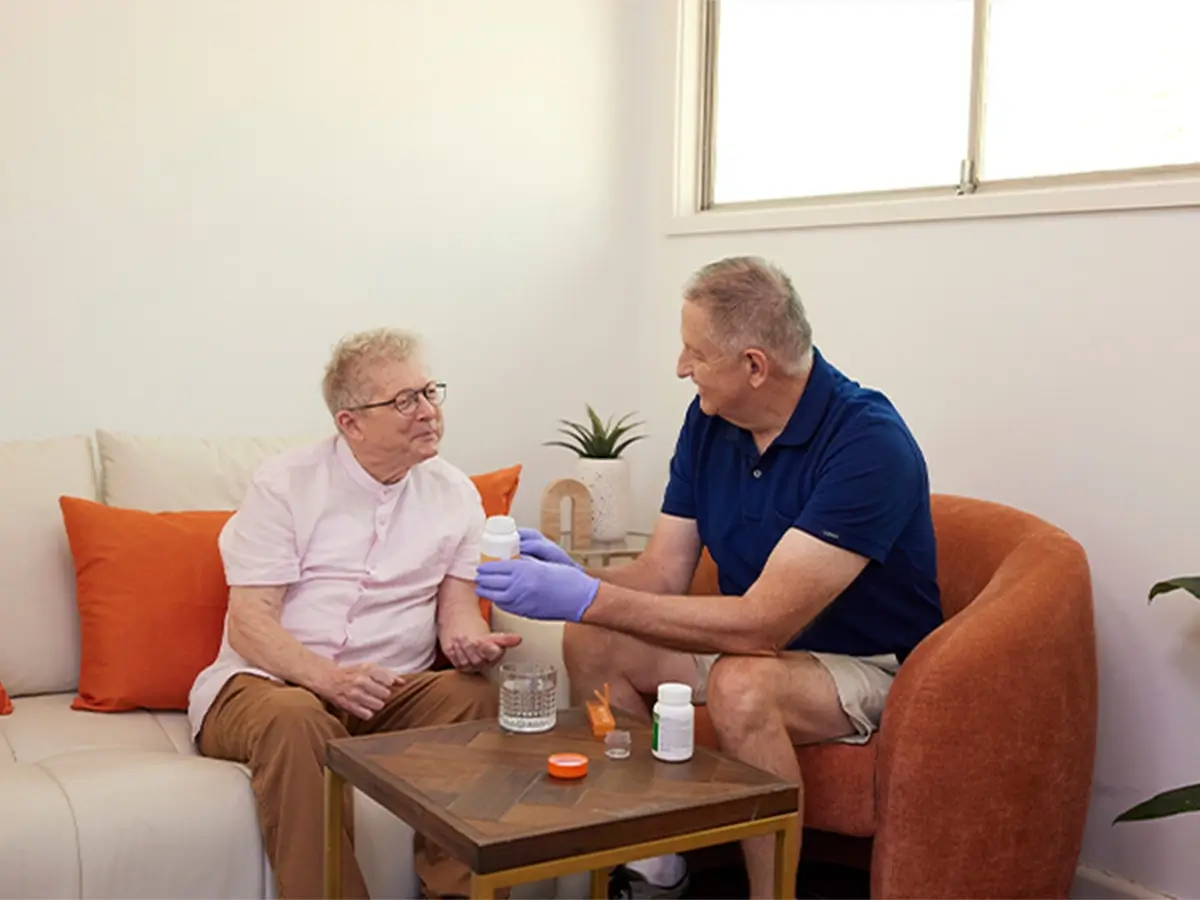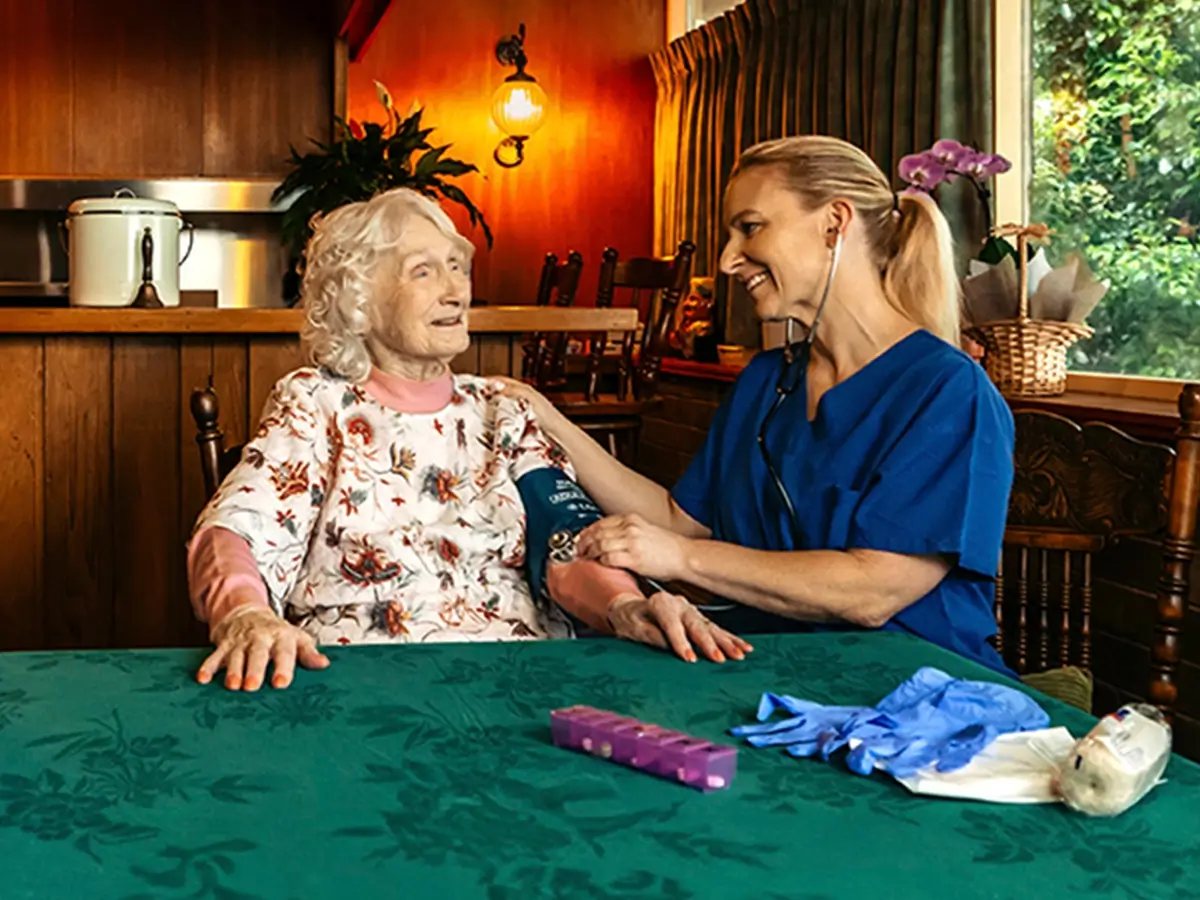In order to have a client’s NDIS plan changed to align with their new circumstances, a change of details or change of situation form will need to be completed by the client or by an authorised representative (like a support coordinator).
Through submitting this form to the NDIA, their NDIS plan can be updated to reflect their needs.
Eligibility
In order for a client to be eligible for an early review of their NDIS plan, it will need to be shown:
- How the client’s circumstances have changed
- What support needs have changed
- Why the client’s existing plan does not meet their support needs.
What changes need to be shared with the NDIA?
Some changes are as simple as a change of address, while others can be bigger like a change in your client’s needs.
Here are the changes that the NDIA needs to be notified about:
- A change in contact details
- A different or new disability diagnosis
- A change in informal supports
- A change in living situation
- A change in the client’s function
- A new job, or a change in the level and type of support needed at the client’s job
- Moving overseas or going overseas for an extended period of time
- Receiving compensation for an accident or illness related to the clients disability.
In short, if your client’s needs have changed and their plan no longer works for them, you’ll need to notify the NDIA.
Where to find the form
The form is accessible on the NDIS website.
Plan variation vs plan reassessment
When filling out a change of circumstance form, there’s the option to request either a plan variation or a plan reassessment.
- A plan variation means that the client’s current plan will be modified to meet their new needs.
- A plan reassessment means that their situation will be assessed and a new plan will be created for the client.
Tips for filling out your change in circumstance form
Provide the right evidence
The evidence you provide to the NDIA is very important. If you don’t have enough evidence, the request could be delayed or even rejected.
Be sure to provide evidence that:
- Is recent
- Is completed by a health professional that is currently treating the client and specialises in their primary disability
- Affirms the client’s primary disability
- Demonstrates the effects of the client’s disability across various aspects of their life
- Outlines any previous treatments related to the client’s disability and the results of these treatments
- Explores any potential future treatments and their expected outcomes.
The request should be centred around the client’s goals
Goals are an integral part of a client’s NDIS plan. They help the NDIS understand what is important in the client’s life, and how they can support the client in achieving those goals.
Framing the request around the client’s goals is a good strategy to get the desired outcome for your client.
Be clear and objective
Bring it back to what is reasonable and necessary
Many decisions in the NDIA are brought back to the concept of what is ‘reasonable and necessary’. So, your form should do the same.
Use the right language
It’s important you use the correct terms and the language of the NDIS.
If you need some guides, take a look at the NDIS Glossary.
If you have any questions, feel free to reach out at coordinator@mable.com.au.




